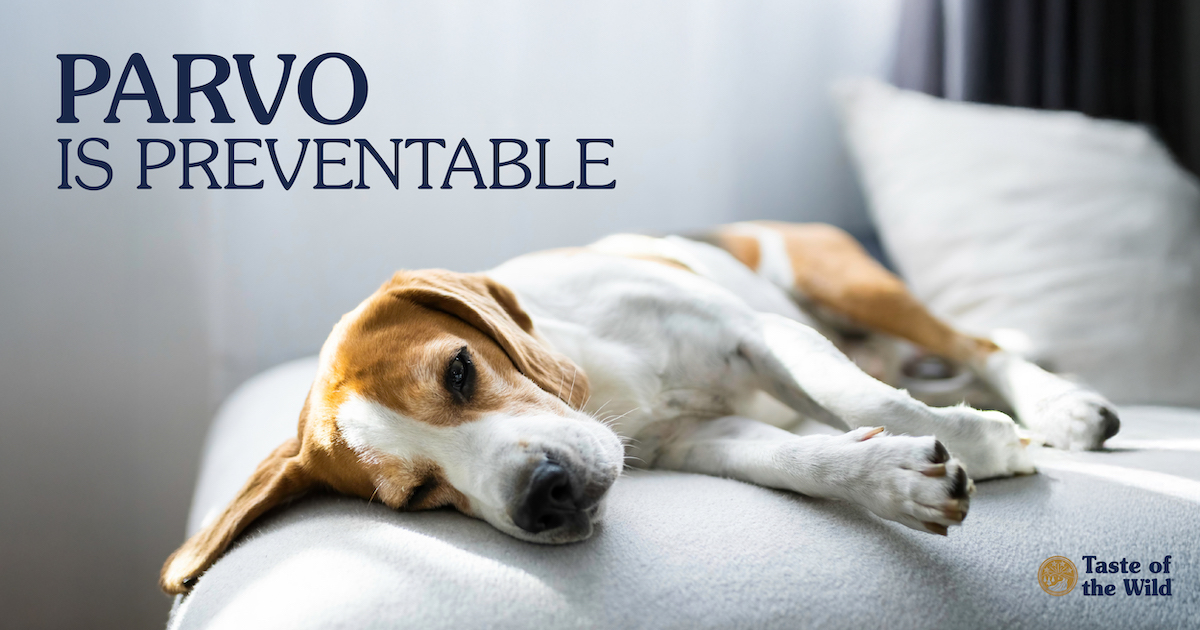When the Leaves Change Color, Can Your Pets See It?
Thursday, October 22, 2020 | Health

Autumn plays with all your senses, but none so much as your sense of sight, as deciduous trees burst into shades of brilliant red, vibrant orange and buttery yellow. This vivid array is enough to make you wonder: Does my dog or cat enjoy these colors like I do?
For decades, many people believed that dogs and cats were colorblind, or could only see shades of black, white and gray. The truth is, they do see colors, but not in the way we do.
Your dog’s true colors
For people and pets, color perception begins at the retina, or the tissue lining the back of the eye. The retina contains two kinds of photoreceptor cells: rods, which perceive low and shifting light, and cones, which discern colors.
Humans have three kinds of cones, which can pick up red, blue and green wavelengths. Dogs only have two kinds of cones: those that are sensitive to blue and those that pick up yellow-green. That means dogs can’t see the full range of colors, or the richness or intensity, that humans do. Their world is essentially limited to shades of blue, yellow and gray.
Putting dogs to the test
To determine how dogs see colors, scientist Jay Neitz at the University of California, Santa Barbara, performed a unique test. Dogs were shown three panels of light, two of which were the same color. Dogs were rewarded with a treat when they touched their noses to the panel with the different color.
In this way, Neitz found the hues dogs could distinguish ranged from dark and light blue to dark and light yellow and shades of gray.
How about cats?
Cats, like humans, have three types of cones in their retinas but fewer cones overall. So they may see a similar range of colors that you do, but the colors tend to be less vibrant. Within that spectrum of colors, cats tend to see blue, violet, yellow and green better than red.
Seeing the light
While dogs and cats may have fewer cones than humans, they make up for it with more rods, helping them to see better in the dark than humans. Dogs can have up to three times the rods as humans, according to Alexandra Horowitz, author of Inside a Dog: What Dogs See, Smell and Know. Cats are even more suited to nocturnal wandering, with as many as eight times the rods as humans.
Dogs and cats can also see the type B ultraviolet (UVB) spectrum, meaning some colors, such as white, may fluoresce and be disturbing for animals.
Work with your pet’s color spectrum
How can you use this color knowledge to your advantage? First, understand that a red or orange toy may appear gray, brown or black to your pet, or just doesn’t “pop” from the environment like it does for you. A blue toy may capture your pet’s attention better.
If you want to create a soothing environment for your pet at home, again, work with your dog or cat’s visible spectrum. Choose wall paints, pillows and blankets in the blue, green or violet range of the spectrum, rather than oranges and reds. Avoid bright white when possible because it might light up or flare for your pet more than it does for you.
But what about all those red and orange leaves piled in your backyard? Your pet may not appreciate the colors, but he or she can certainly have fun leaping and rolling in all of them with you.
The information in this blog has been developed with our veterinarian and is designed to help educate pet parents. If you have questions or concerns about your pet’s health or nutrition, please talk with your veterinarian.




